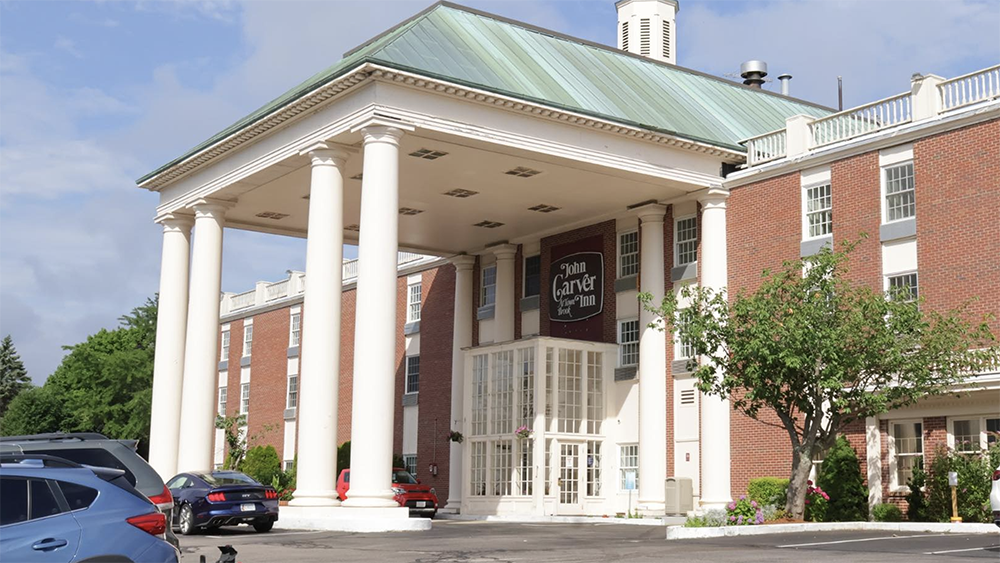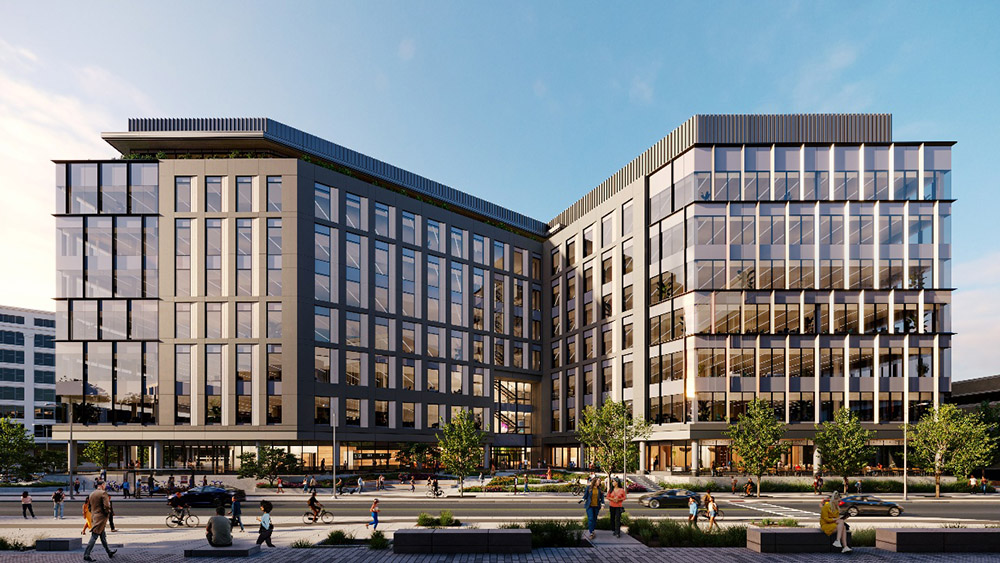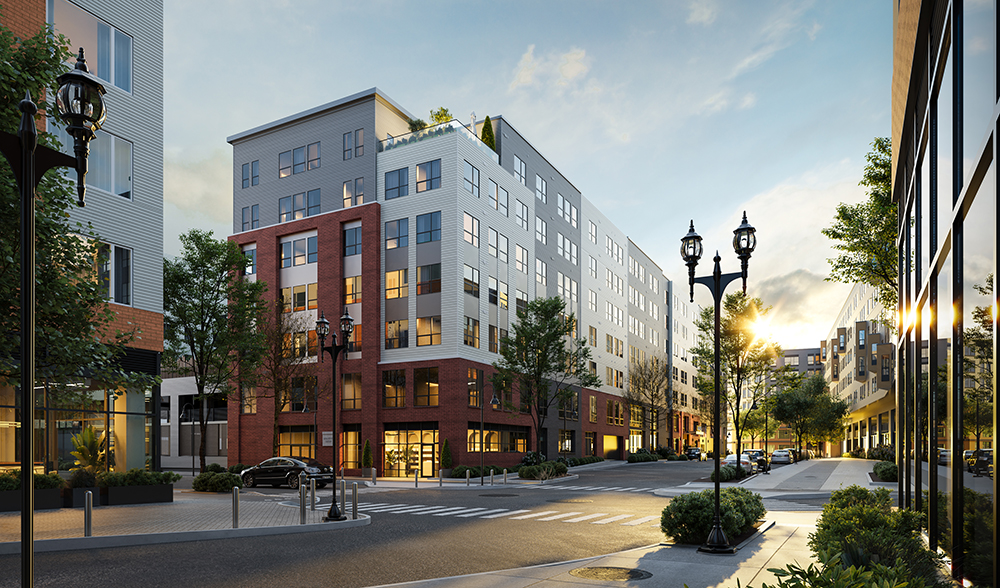What landlords, tenants, and lenders all want from SNDAs - by Brion Kirsch

Pullman & Comley, LLC
A Subordination, Non-Disturbance and Attornment Agreement (SNDA) is a vital cog in the commercial real estate machine. Properly negotiated, it ensures the divergent interests of all parties involved in a commercial mortgage loan transaction — the landlord, tenant, and lender. Without one, a tenant and lender would have no direct contractual relationship. An SNDA protects a tenant’s right to continue business operations in case of a foreclosure, and prevents the breaking of a lease if a lender is forced to take over for an ousted landlord.
Landlords
First and foremost, landlords need tenants. Someone has to occupy the space and try to make a profit. It’s best to put everything on the table from the beginning so there are no surprises to the tenant or the lender. A situation that feels like “we’re all in this together,” where everyone can win, is key to attracting promising businesses and alleviating concerns of financial backers. An SNDA provides peace of mind to both tenant and lender that a lease will not be broken or restructured before its term is up.
Tenants
The tenant’s interest throughout the SNDA process is consistent; it only wants to enjoy the benefits of the rights it has under the lease. The non-disturbance component of the agreement is geared primarily toward tenants to make sure that regardless of what happens between the landlord and the lender, in the event of a foreclosure, the lease will remain in full effect. Even if the lender becomes the new landlord, the tenant will be permitted to continue to occupy the leased premises and not worry about a rent hike not already provided for in its lease.
Lenders
A lender wants to ensure that the lien and priority of its mortgage takes precedence over any other interest in the real property, including the rights of tenants. A lender needs to know that, if it must foreclose or take possession of the mortgaged property, the revenue being generated by the property will continue. The attornment component is the lender’s version of non-disturbance, where the tenant agrees that if the lender takes possession of the property, the tenant will not seek to terminate the lease and will recognize the lender as the new landlord and sets the stage for what each of the parties rights and responsibilities will be going forward.
Brion Kirsch is an attorney at the law firm Pullman & Comley, LCC, based in Hartford, Conn. and Springfield, Mass.
Mount Vernon Co. acquires John Carver Inn & Spa in Plymouth, MA

IREM President’s Message: Fostering community connections during the holiday season

Selecting the right façade installation firm - by Steven Powell


.png)





.png)

